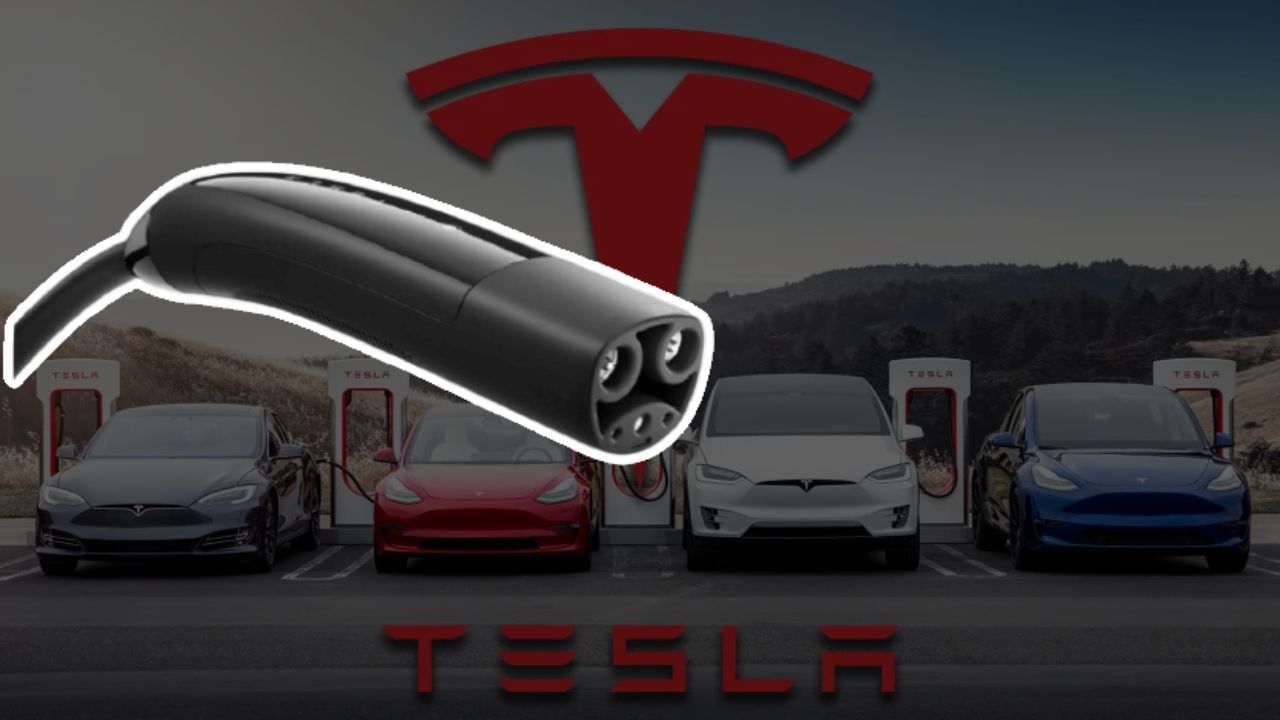China is poised to make a big impact in the electric vehicle (EV) market in Europe, despite facing some challenges. Chinese car manufacturers are expected to dominate the European EV market in the next few years, capturing around 15 percent of the market share by 2025. This is due to their advanced technology, competitive pricing, and the changing preferences of consumers who are less concerned about brand loyalty.
The demand for EVs in Europe is skyrocketing, especially since the European Union announced its plan to ban new fossil-fuel cars by 2035 in an effort to combat the climate crisis. This presents a significant opportunity for Chinese companies like BYD, Nio, and Li Auto to expand their presence in the European market. However, in 2022, their EVs accounted for less than 10 percent of the total 1.1 million battery electric vehicles sold in Europe.
One of the key factors contributing to the potential success of Chinese EVs in Europe is their affordability. According to a report by KPMG, the average price of a Chinese EV in Europe was $30,000 in 2022, compared to Tesla’s cheapest Model 3, which costs over $45,000. Additionally, the report highlights that 136 new-energy vehicles (NEVs) were introduced to the market in 2022, providing consumers with a wide range of choices.
While brand familiarity is a challenge for Chinese EVs in Europe, their ownership of well-known brands like Volvo, MG, and Polestar helps to mitigate this issue. These brands were among the top-selling Chinese EV models in Europe last year. Furthermore, European consumers who are purchasing EVs are less brand loyal compared to traditional combustion engine car buyers. This presents an opportunity for Chinese brands to establish themselves in the European market.
However, there are still significant hurdles for Chinese companies to overcome. The KPMG report suggests that Chinese EV producers could improve their brand visibility by collaborating with local car dealers or acquiring more local car brands. Additionally, they will need to navigate challenges such as the weak global economic environment, geopolitical uncertainties, and constantly changing laws and regulations.
Despite these challenges, the future looks promising for Chinese EV manufacturers in Europe. The European Automobile Manufacturers Association predicts that by 2030, three out of every five cars in Europe will be electric. With the ban on new petrol and diesel cars in the European Union from 2035, the competition for a share of the European automotive market is expected to become even more intense and electric.
In conclusion, Chinese carmakers are well-positioned to make a significant impact in the European electric vehicle market. With their superior technology, competitive pricing, and the changing preferences of consumers, they are expected to secure a sizable market share in the coming years. However, they will need to address challenges such as brand familiarity and navigate the complexities of the European market. With the growing demand for EVs and the upcoming ban on petrol and diesel cars, the competition in the European automotive market is set to become more intense and electric.

